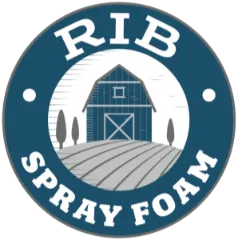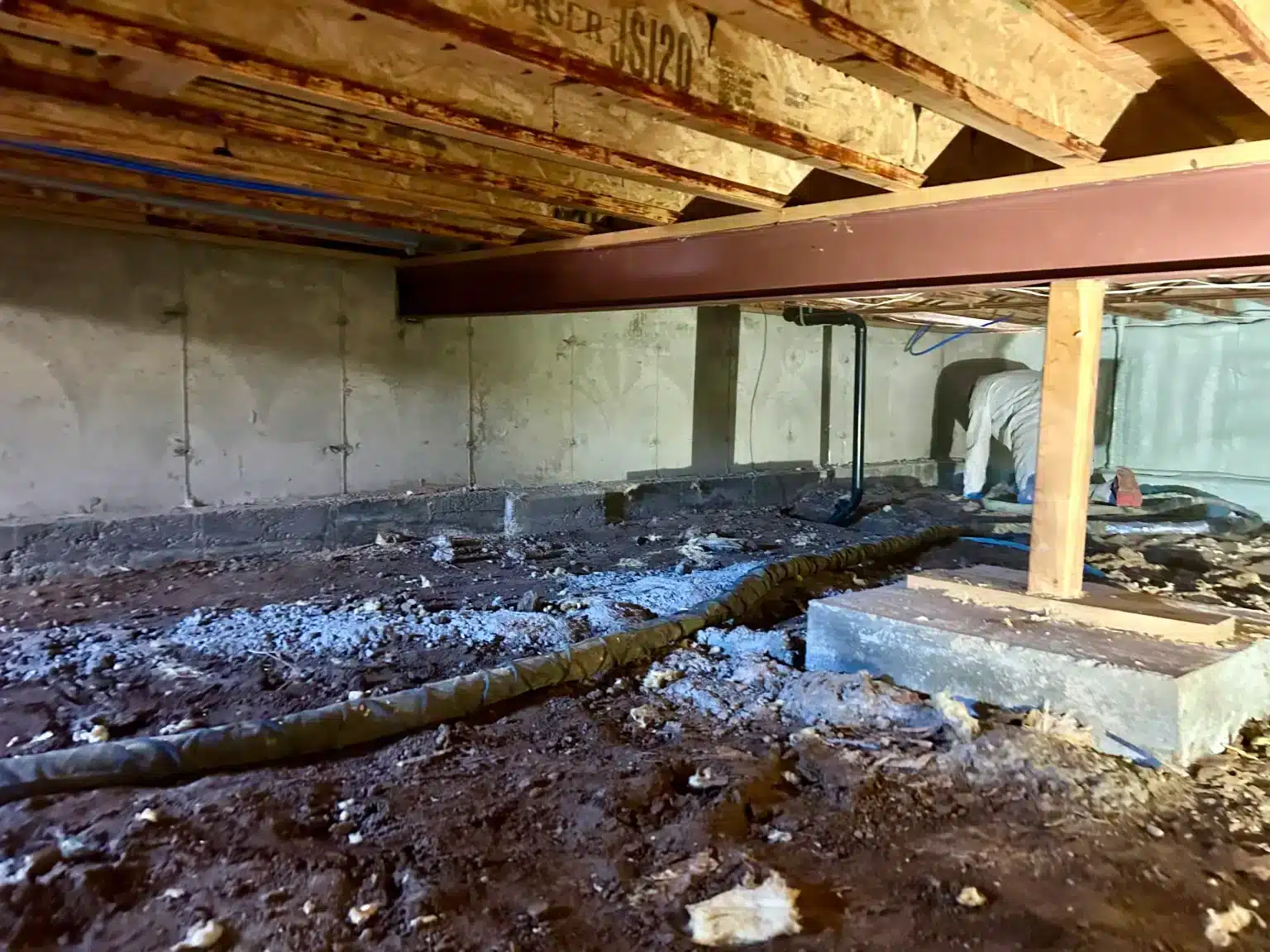In Longmont, CO, crawl spaces face different but equally critical challenges compared to humid regions. Here, dry air, wide temperature swings, and cold winters can cause energy loss, air quality issues, and structural concerns. Spray foam insulation offers a proven solution by sealing off gaps and regulating temperature flow.
This insulation type helps prevent cold drafts in winter, reduces moisture from snowmelt seepage, and blocks airborne contaminants like radon and dust. It also supports better indoor air quality and energy efficiency for homes across the Front Range.
Regional Impact of Temperature and Air Infiltration in Crawl Spaces
Longmont experiences average annual humidity below 50%, but with frequent freeze-thaw cycles, strong winds, and seasonal snow. Uninsulated crawl spaces in these conditions are prone to heat loss, pipe freezing, and cold floors. Spray foam creates a continuous thermal and air barrier, protecting against winter chills and summer dust.
Environmental Factors Affecting Insulation Performance
| Climate Factor | Effect on Crawl Space | Spray Foam Benefit |
|---|---|---|
| Cold Winters | Causes freezing pipes and floor discomfort | Thermal barrier retains heat and protects plumbing |
| Dry Air + Dust | Allows airborne particles into home | Airtight seal improves air quality |
| Snow Melt/Runoff | Water can seep into crawl space areas | Closed-cell foam resists moisture intrusion |
| Soil Gases (e.g., Radon) | Enters through unsealed gaps | Foam seal limits gas entry from surrounding soil |
Bonus Tip: Avoid fiberglass insulation—it loses performance when exposed to cold air and is prone to sagging in fluctuating temps.
Material Options and Performance Breakdown
In Longmont’s climate, closed-cell spray foam is the preferred solution. It offers moisture resistance, high insulation value, and added structural integrity for crawl spaces vulnerable to winter damage.
| Material | Water Resistance | Air Seal Quality | R-Value/inch | Longevity | Suitability for Longmont |
|---|---|---|---|---|---|
| Closed-Cell Spray Foam | High | Excellent | 6.0 – 7.0 | 20+ years | Best fit |
| Open-Cell Spray Foam | Low | Good | 3.5 – 3.7 | 10–15 years | Conditional |
| Fiberglass Batts | Poor | Poor | 2.9 – 3.8 | 5–10 years | Not recommended |
| Rigid Foam Board | Moderate | Moderate | 4.5 – 5.0 | 10–20 years | Limited use |

Technical Specifications for Closed-Cell Spray Foam
| Property | Closed-Cell Spray Foam |
|---|---|
| R-Value per Inch | 6.5 |
| Water Absorption | <2% by volume |
| Air Permeance | <0.02 L/s·m² at 75 Pa |
| Compressive Strength | 25–30 psi |
| Application Thickness Range | 1.5 to 3 inches (crawl space) |
| Perm Rating | 0.8 – 1.2 |
| Mold Resistance | ASTM D3273 – Rated 10 |
Bonus Tip: Add a crawl space dehumidifier or vapor monitor to prevent seasonal humidity spikes and preserve insulation performance.
Things to Review Before Choosing Insulation
- Access & Clearance: Ensure enough space for proper application.
- Foundation & Drainage: Address grading, sump pumps, or vapor intrusion risks.
- Pest Control: Eliminate existing pest problems before sealing off space.
- Code Compliance: Colorado may require fire-retardant barriers or vapor management under certain conditions.
- Ventilation Needs: Some sealed crawl spaces require mechanical ventilation or passive venting per local building code.
Market Insight
According to the U.S. Department of Energy, air leaks account for up to 40% of energy loss in homes. Crawl spaces—especially unsealed ones—are among the biggest culprits. Insulating properly in Longmont’s cold winters can significantly reduce heating demands and improve comfort.
Services Relevant to Longmont Homes
Rib Spray Foam Company provides insulation services designed for Colorado’s dry, variable climate:
- Crawl Space Spray Foam – Prevents heat loss, blocks radon/dust, and controls cold floor problems.
- Closed-Cell Spray Foam – High-performance insulation for crawl spaces, basements, and rim joists.
- New Construction Spray Foam – Installed during framing for superior thermal protection.
- Residential Spray Foam – Retrofit-friendly applications for existing homes and renovation projects.
Frequently Asked Questions
What’s the minimum thickness of spray foam in a crawl space?
Closed-cell foam is usually applied at 2–3 inches to meet code and insulation goals.
Can spray foam be installed in cold or damp crawl spaces?
Moisture issues and low temperatures must be addressed before installation for optimal adhesion and safety.
Does it replace the need for a vapor barrier?
Yes, in most cases. Closed-cell foam functions as both thermal and vapor protection. Confirm with your contractor or local inspector.
Will insulation interfere with termite or pest inspections?
Avoid spraying over wood contact points that require visual access—like sill plates and joists.
Evaluate Your Crawl Space Conditions First
Longmont’s dry winters and windy conditions require insulation that stops heat loss and filters outdoor air. Closed-cell spray foam is a long-term solution that meets both thermal and air-sealing needs. Always inspect drainage, air quality, and structural access before choosing your crawl space insulation.
Talk to Someone Who Knows Longmont Crawl Spaces
Need expert advice for your crawl space in Colorado? Reach out to Rib Spray Foam Company at (970) 518-2883 or email [email protected] for guidance tailored to Longmont’s seasonal demands and building codes.
Post-Installation Questions
How long will it last?
Properly installed closed-cell foam lasts 20+ years without degradation.
Can pests damage spray foam?
Spray foam doesn’t attract pests, but rodents may chew through if they’re present.
Is extra ventilation required?
Yes—sealed crawl spaces often need passive vents or mechanical systems to maintain safe humidity and airflow levels.
What kind of maintenance is needed?
Occasional inspections to check drainage, foam integrity, and dehumidifier performance will help maximize lifespan.
Will this help lower my energy bills?
Yes. A sealed and insulated crawl space dramatically reduces HVAC runtime—especially during Longmont’s cold winter months.



